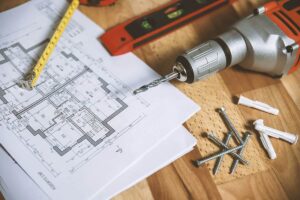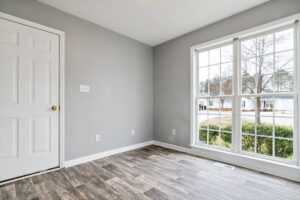You can increase your home value as well as better accommodate your family by making additions to your home. The additions go hand-in-hand with doing some remodeling and renovations to the house, thereby increasing your home value. After all, you feel more comfortable when your family members, more so your elderly parents are around you. Additionally, instead of buying a new home, why should you not just add to what you already have? It is cheaper and more self-sustaining. For the entire addition process to be successful, you need a home addition permit. It ensures you successfully complete your project and that your project is up to code. Building an addition to your home is a big project that requires careful planning and execution. The home addition permit process in your city can be daunting, but we’re here to help guide you through it.
Most cities and towns in the United States require a permit for any construction project, even something as simple as a shed. Home addition projects are no exception. The process of obtaining a building permit can vary depending on the municipality or city. For example, a building permit may require different documentation than a permit for a special event.
The home addition permit process varies depending on the specific project
The process of obtaining a permit from a city can vary depending on the specific project. However, the general process is to submit an application, pay the associated fees, and then receive the permit. The permit will need to be displayed at the job site, and the project must be completed within the specified time frame.
The timeline for this process can vary depending on the city, but it is typically within a few weeks. In most cases, it takes anywhere from a few days to a few months to get a permit from a city. This actually depends on the type of permit and the city’s process. For example, the process for getting a permit in California varies depending on the type of permit and the city’s process. For some permits, such as building permits, you may be able to get the permit within a few days. However, sometimes it may take anywhere from a few weeks to a few months.
Steps typically involved in obtaining a home addition permit from a city.
Here are some general steps that are typically involved in obtaining a home addition permit from a city.
Contact the city office that handles permits
The first step is to contact the city office that handles permits. This office can usually be found in the city clerk’s office or the city manager’s office. The city office will have information on what type of permit is needed and what the requirements are. In this case, you can also research what type of permit is required for the project. It is important to be aware of any regulations that must be followed in order to obtain the permit.
Submit a building permit application
The next step is to submit a building permit application to the city or town hall. This application will ask for basic information about the project, such as the location, size, etc. You will need to provide them with a detailed description of the work you plan to do. The city office will also need to see any plans or drawings for the project.
The municipality will use this information to determine whether the project meets all local zoning and building codes. If the project does not meet the requirements, the applicant may be asked to make changes or provide additional information. Note, normally contractors and architects are the ones that apply for permits as some of the information and things you need to submit is from them.
Go through a plan check review process
Most cities will require a lengthy plan review process. Their city engineers will be assigned to your plan and review it when it’s your turn, and provide corrections or stamp it for approval. Typically the bigger the project, the more correction phases you can expect to have. This is because there are always new and ongoing requirements, codes to comply with, and expectations cities have for the way things are documented on a plan.
They want to make sure it very clearly states the requirements, calculations, dimensions and type of materials and the specific locations of things. Maybe a kitchen needs a certain amount of outlets and a certain type, maybe they require a certain distance from one element to another and if it’s not clearly written out, they want it written out! Cities do this to avoid liability, ensure public safety, and make sure when the inspector checks the work they know to follow those guidelines.
Pay the associated fees
If the application is approved, you will need to pay the associated fees. These fees can vary depending on the city, but they are typically around a hundred to a few thousand dollars depending on the size of the job. For a home addition, expect it to be closer to a couple thousand dollars. After the fees are paid, you will receive the permit. For more information you can contact us.
Display permit at the job
Once you have permit in hand, you will need to display it at the job site and then once phases are complete in the project, the contractor will call for inspection.
The permit is valid for a specific period of time, typically one year. Most importantly, you will need to have inspections performed at various stages of the project. This will ensure that the work is being done according to the code. These inspections must be scheduled in advance and approved by the building department. After the project is completed, inspection will sign off on a ‘final inspection’ and they will typically go back and record the final with the city, to indicate on their system that the project is complete and permit is satisfied.
Home addition permit regulations can change with time
It is important to note that city regulations and requirements can change at any time. Therefore, it is important to stay up-to-date on the latest information. You can find this information by contacting the city directly or by visiting their website.
The process of obtaining a building permit can be time-consuming and complex. It can take several weeks or even months. But it helps to be aware of the regulations and requirements. It is important to start the process as early as possible to avoid delays. However, it is important to follow all the steps in order to ensure that the addition is safe and compliant with all local regulations.
In conclusion, the home addition permit process from a city can vary depending on the specific project. However, the general process is to submit an application, pay the associated fees, and then receive the permit. The permit will also need to be displayed at the job site, and the project must be completed within the specified time frame.








